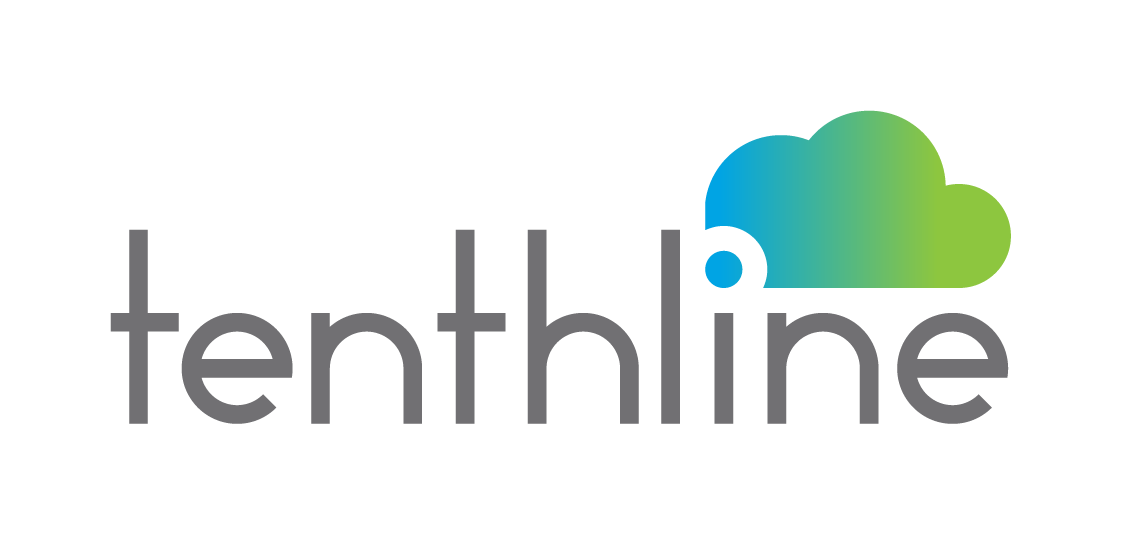With the increasing use of cloud computing and the growth of the internet, the threat of cyber attacks has become more prevalent. This has made it essential for businesses to take the necessary steps to protect their sensitive data and systems from malicious actors. In this article, we will explore the concept of Azure network security and discuss various methods used by hackers to penetrate networks, as well as the measures businesses can take to safeguard their systems.
Understanding Azure Network Security
Microsoft Azure is a cloud computing platform that provides a range of services, including virtual machines, storage, databases, and more. Azure network security refers to the measures and technologies used to secure the network and its components from unauthorized access, theft, and tampering. These measures can include firewalls, virtual private networks (VPNs), intrusion detection and prevention systems (IDS/IPS), and access controls, among others.
In Azure, network security is implemented at multiple levels, including the physical, logical, and virtual levels. The physical layer refers to the actual servers and storage devices that make up the Azure network. The logical layer refers to the network infrastructure, such as routers and switches, while the virtual layer refers to the virtual network infrastructure and its components.
Methods Used by Hackers to Penetrate Networks
Hackers use various methods to penetrate networks, including malware, phishing, and social engineering. Malware refers to malicious software that is installed on a device without the user’s knowledge or consent. This software can be used to steal sensitive information, such as passwords, or to launch denial of service (DoS) attacks.
Phishing is another common technique used by hackers to gain access to sensitive information. In a phishing attack, the hacker sends an email that appears to be from a reputable source, such as a bank or a popular website, and asks the recipient to enter their login credentials. Once the hacker has the credentials, they can access the targeted account and steal sensitive information.
Social engineering is a non-technical method used by hackers to trick people into divulging sensitive information. This can include pretexting (posing to be someone you’re not), baiting (leaving a physical device in a public place), and tailgating (following someone into a secure area without proper authorization).
Measures to Safeguard Your Systems
To safeguard your systems from cyber attacks, it is important to implement a combination of technical and non-technical measures. Some of the technical measures include:
- Firewalls: A firewall is a network security system that monitors and controls incoming and outgoing network traffic based on predetermined security rules.
- Virtual Private Networks (VPNs): A VPN is a secure, encrypted connection between two devices that allows for the exchange of information over a public network.
- Intrusion Detection and Prevention Systems (ID/IPS): An ID/IPS is a security system that monitors network traffic for suspicious activity and alerts administrators when it detects an attack.
In addition to these technical measures, it is also important to educate employees on safe online practices, such as avoiding suspicious emails and links, using strong passwords, and keeping software and security systems up-to-date.
In conclusion, Azure network security is a critical aspect of protecting your business from cyber attacks. By understanding the methods used by hackers to penetrate networks and implementing the appropriate technical and non-technical measures, you can safeguard your systems and keep your sensitive information secure.


Leave A Comment